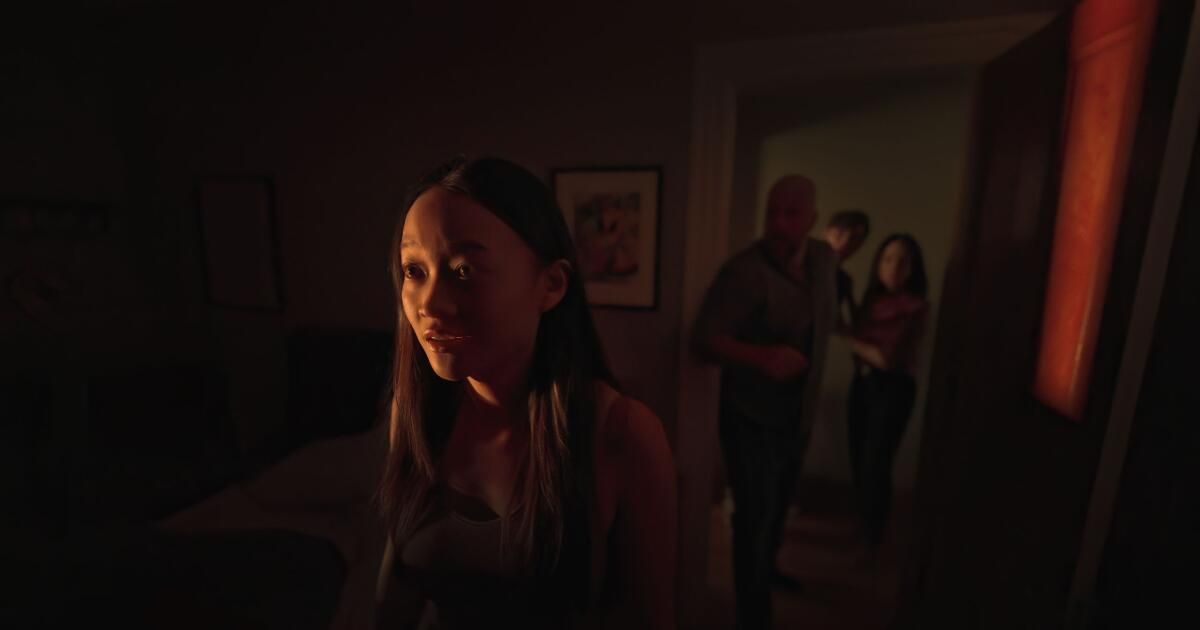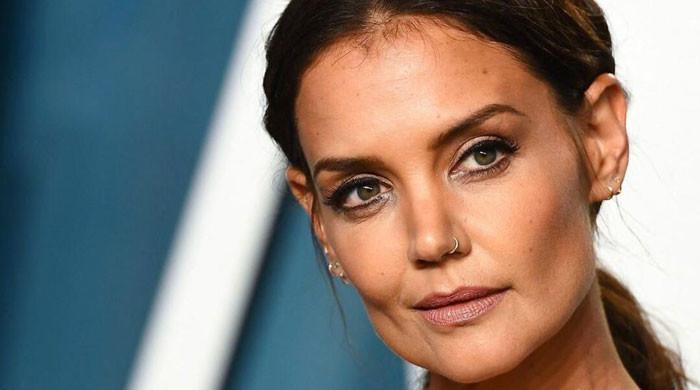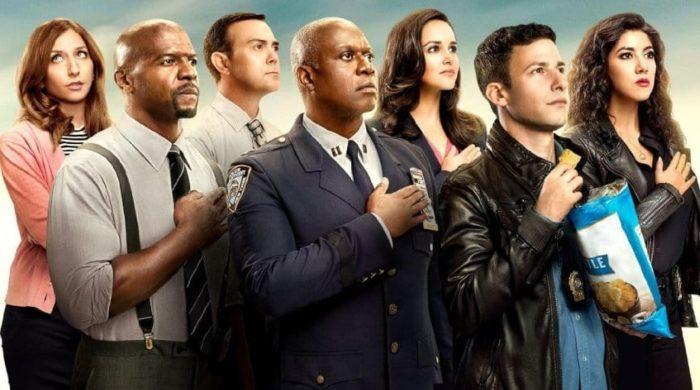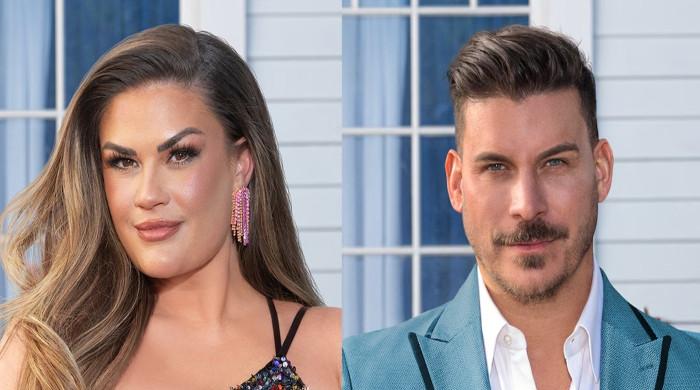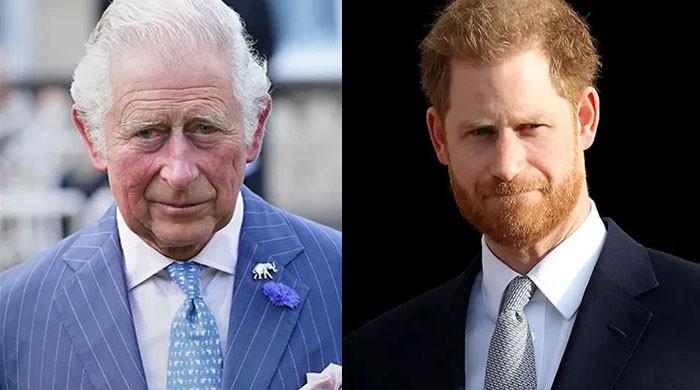Steven Soderbergh's “Presence,” an elegant and sublimely agile ghost story with its world premiere Friday night at the 40th Sundance Film Festival, relies on a formal conceit so eerily effective that it's hard to believe it's never been attempted. before. Perhaps it has been (the history of independent cinema contains invisible and discovered multitudes), although surely not with such excitingly sustained ends nor with such ingenious modesty of means.
Throughout this 85-minute film, we're in a beautiful Craftsman-style home where a married couple, Rebecca (Lucy Liu) and Chris (Chris Sullivan), recently moved in with their teenage sons, Tyler (Eddy Maday). and Chloe (Callina Liang). From the beginning, as nerves fray and tempers flare, it becomes clear that this family has its demons, which will soon be supernaturally aggravated by eerie noises, automatic doors and collapsing shelves. But if the symbols of the genre seem familiar, it's the haunting, ghostly position of the camera that makes the difference: Soderbergh has chosen to tell this haunted house story. entirely from the hunter's perspective. Filming wide-angle long takes that range in tenor from voyeuristic languor to heartbreaking anxiety, he transforms an exercise in domestic horror into another Soderbergh tour de force.
Despite its conceptual sobriety, “Presence” has a number of built-in reference points, including Soderbergh's own recent exercises in physical and narrative confinement, such as “Unsane” and “Kimi” (which, like this film, was written by David Koepp Those two films, incidentally, focused on an intelligent, nervous woman who keeps a tight rein on her wits and sanity even when she repeatedly questions them; The same goes for “Presence,” in which Chloe, still grieving the recent death of a close friend, senses the ghost much more acutely than her parents and her brother.
Pedro Pascal in the movie “Freaky Tales”.
(Sundance Institute)
The sight of a troubled family under constant surveillance may also remind you of the “Paranormal Activity” movies, although what is striking about the camera work in “Presence” is how the camera seems to float (and tremble) with more compassion than threat. One wonders almost immediately if this spectral visitor, for all the trouble he causes, might also be benevolent. That idea becomes even more pronounced if you know that he is the director himself behind the camera, operating under his usual pseudonym of Peter Andrews. There's a clever joke buried somewhere: the key to Steven Soderbergh's “Presence” is, well, Steven Soderbergh's presence.
Perhaps there's also a sly metaphor for the direct, indelible ways the best filmmakers can haunt us, and Soderbergh, now 61, has been one of those filmmakers for some time. Arriving in Park City exactly 35 years after “sex, lies and videotapes” took Sundance by storm, “Presence” offers more evidence (as if it were needed) that Soderbergh has never shaken off his disturbing experimental advantage. Using lightweight digital cameras and a seamless blend of old-fashioned visual effects and stuntmen, he remains the great problem solver of American independent cinema, someone who approaches each film as a logistical puzzle and sees aesthetic and financial constraints as creative enablers in instead of deterrents.
But can Soderbergh solve the big problem for American cinema itself, namely the sense that the audience for independent films, limited and self-selected to begin with, has been reduced to nothing in the wake of flashier, more technologically advanced entertainment alternatives? avant-garde? If not, it wouldn't be for lack of trying. Long before the pandemic struck and closed theaters (in some cases permanently), Soderbergh has been one of the industry's most insightful thinkers and speakers on the challenge of making thoughtful, adventurous films in a climate that has always been hostile to art. At the same time, Soderbergh has continued to present his own clever counterarguments, usually in the form of movies. And for all his well-earned cynicism about the industry, these films—invariably smart, skillful, and surprisingly modest—have continued to express an unwavering optimism about the possibilities of the medium.
Some of those features have been featured on streaming platforms like Netflix (“High Flying Bird,” “The Laundromat”) and HBO Max (“Let Them All Talk,” “Kimi”), and it’s pretty easy to watch “Presence” by following suit: This is a movie that will glide effortlessly into your living room and then linger. But I hope a theatrical distributor buys the film, an audience image that deserves, among other things, the horror-loving crowds who flock to the umpteenth “Saw” sequel. Will Soderbergh's elegant camerawork and bloodless effects prove too subtle for those viewers? In some cases, sure. But an industry that doesn't let them discover it for themselves in the first place has truly given up the ghost.
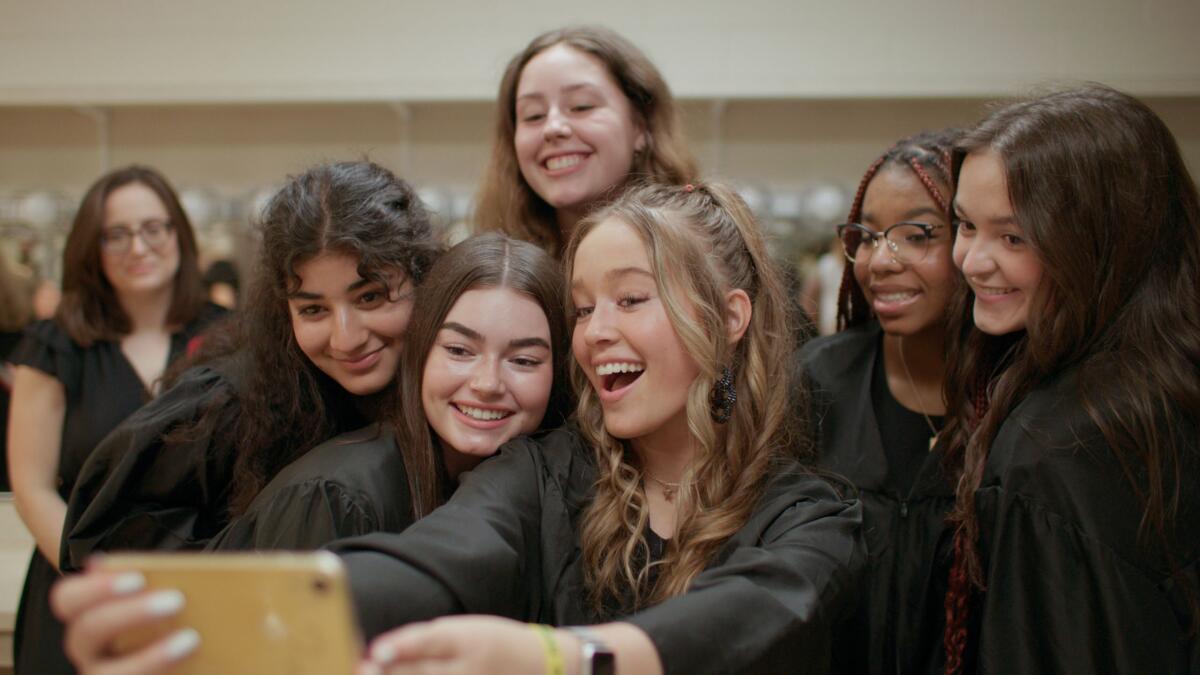
An image from the documentary “Girls State.”
(Apple/Sundance Institute)
Soderbergh's presence here was a nice 40th birthday gift from the festival, though he certainly wasn't the only Park City veteran in attendance. The festival got off to a head-turning start Thursday night with “Freaky Tales,” a fun, bloody Valentine to Oakland from the return of the writing-directing duo of Ryan Fleck and Anna Boden, whose debut feature 2006's “Half Nelson,” was the highlight of my first Sundance Film Festival. Subsequent efforts, including the magnificent “Sugar” (2008) and “Mississippi Grind” (2015), confirmed Fleck and Boden's position as two of the most promising independent voices in American cinema. But that was before they abandoned those models of low-key realism for “Captain Marvel,” a blockbuster franchise that turned out to be a disheartening waste of their distinctive talents.
The unevenly entertaining “Freaky Tales” suggests a promising attempt to return to indie basics, one with a healthy notion of gonzo fantasy, a typically strong supporting turn from Pedro Pascal, and intricate narrative skill replete with Tarantino-style structural stimuli. . Set in Oakland in 1987, a still-ungentrified hotbed of predatory cops and neo-Nazi scum, the film recites a quartet of stories, each of which becomes a kind of revenge fantasy in which black, Asian, Latino, and African-American protagonists queer rise. stand up and sometimes join forces against bullies of all racist and homophobic stripes. Before long, the film is awash in a river of blood, green neon, and references to the Golden State Warriors. It digresses for a while, only to dissipate almost immediately upon conclusion.
Another returning duo: Amanda McBaine and Jesse Moss, previously at Sundance with their excellent documentaries “The Overnighters” and “Boys State.” They return this year with a wildly revealing sequel to the latter: “Girls State,” which offers a microcosmic look at a week-long high school program created to give young American girls a firsthand experience of democratic self-governance. Tracking a handful of protagonists whose talents, aspirations and dreams will shape the outcome of this exercise, McBaine and Moss astutely apply the roving observation techniques of “Boys State” to strikingly different ends. As expected, the abortion debate takes on great urgency in “Girls State,” which was filmed shortly before the Supreme Court overturned Roe v. Wade. There's also a fascinating dive into the inequalities that plague Boys State and Girls State themselves, reminding us how the organizations often embody, at a structural level, some of the same problems they're ostensibly trying to rectify.
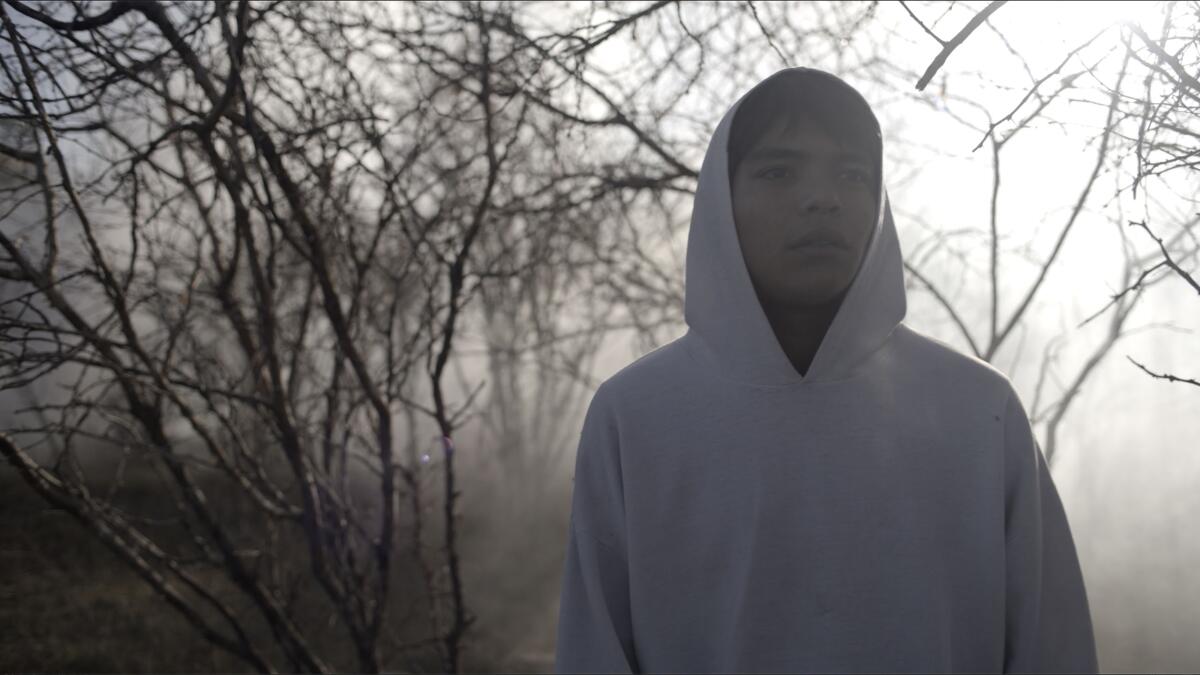
Juan Jesús Varela in the film “Sujo”.
(Ximena Amann/Sundance Institute)
“Boys State” began streaming on Apple TV+ in 2020; “Girls State” will arrive on the same platform, on dates similar to those of the election season, on April 5. It will probably take longer for American audiences to discover the benefits of another duo-directed film, “Sujo,” one of the first featured in the Sundance lineup. International Narrative Competition. With any luck, however, this tender, heartbreaking and beautifully modulated coming-of-age drama will find its place in the artistic ecosystem and boost the profile of Mexican filmmakers Fernanda Valadez and Astrid Rondero, who teamed up again after his acclaimed debut. , “Identifying Features” (which Valadez directed and co-wrote with Rondero).
“Sujo” is named after a boy who grew up in the shadow of cartel violence; In one of the first scenes he meets his father, a hitman, locking the boy in a car before heading out to get rid of some dirty business, but then finding himself on a bumpy path to a better, safer life. (Juan Jesús Varela and Kevin Aguilar play him at different ages). Along the way, Sujo is cared for by several wise women, including a pair of loving aunts and a patient schoolteacher, who recognize his strength and potential, but also know that he must ultimately forge his own path. path. It is that principled rejection of easy outcomes that makes “Sujo,” for all its tense, violent realism, so delicate and moving. Here, too, a compassionate spiritual presence seems to assert itself, both in front of and behind the camera.

